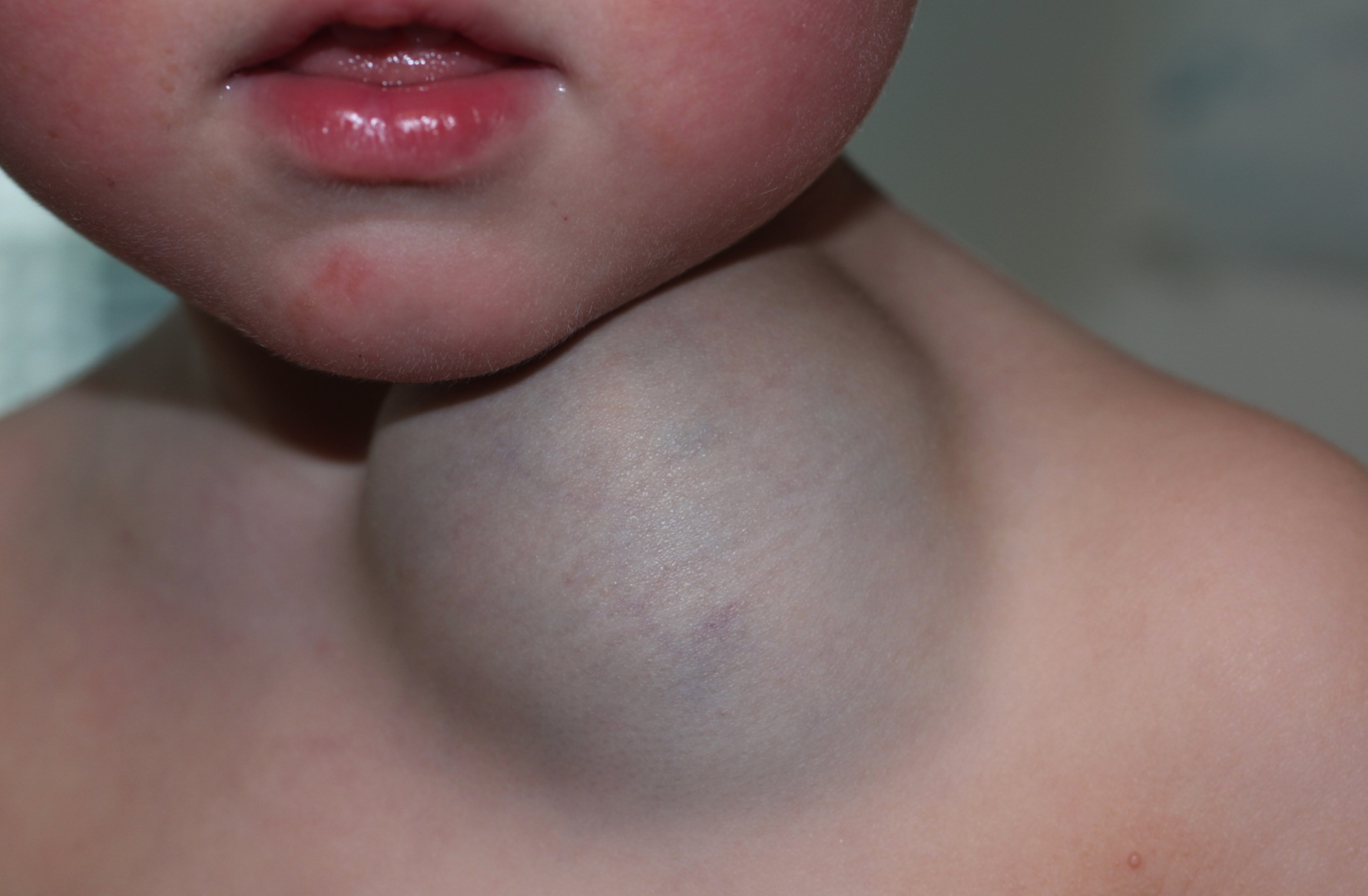
Vascular birthmarks are unique and intriguing skin abnormalities that often capture our curiosity. They are present at birth or appear shortly afterward. In this article, we will explore what vascular birthmarks are, the different types, causes, treatment options, and the emotional impact they can have on those who bear them.
Types of Vascular Birthmarks
1. Port-Wine Stains
Port-wine stains are flat, pink, red, or purple marks that can appear anywhere on the body. These birthmarks can grow and darken over time, often becoming more noticeable as a person ages.
2. Hemangiomas
Hemangiomas are common vascular birthmarks that typically appear within the first weeks of life. They are often red or pink, raised, and have a rubbery texture. Hemangiomas can grow rapidly during the first year and then gradually fade over time.
3. Macular Stains
Macular stains, also known as salmon patches or angel kisses, are the most common type of vascular birthmarks. They are pink, flat marks that usually appear on a baby’s eyelids, forehead, neck, or upper lip.
4. Strawberry Hemangiomas
Strawberry hemangiomas are raised, red birthmarks that can appear anywhere on the body. They grow quickly during the first year of life and then gradually shrink and disappear.
Causes of Vascular Birthmarks
Vascular birthmarks occur due to abnormal blood vessels under the skin. Although the exact cause is not always clear, genetics may play a role in their development.
Symptoms and Diagnosis
Vascular birthmarks are usually easy to identify by their appearance. Medical professionals can diagnose them through a physical examination and, in some cases, imaging tests.
Treatment Options
The treatment of vascular birthmarks depends on their type, size, and location. Here are some common treatment options:
1. Laser Therapy
Laser therapy is a popular choice for treating vascular birthmarks. It uses concentrated light to target the affected blood vessels, gradually reducing the appearance of the birthmark.
2. Medications
In some cases, medications may be prescribed to shrink hemangiomas or reduce the pain and discomfort associated with certain types of birthmarks.
3. Surgical Procedures
Surgical removal may be necessary for certain birthmarks, especially if they affect a person’s overall health or self-esteem.
Living with a Vascular Birthmark
Living with a vascular birthmark can be challenging, but it’s essential to remember that they are harmless in most cases. Support and self-acceptance are key to leading a fulfilling life with a vascular birthmark.
Common Myths and Misconceptions
There are many misconceptions surrounding vascular birthmarks. We’ll debunk some of these myths and provide accurate information.
Prevention and Self-Care
Vascular birthmarks are not preventable, but there are steps you can take to care for your skin and reduce the risk of complications.
Emotional and Psychological Impact
Vascular birthmarks can have a significant emotional and psychological impact on those who have them. It’s crucial to address the emotional aspects of living with a birthmark.
When to Seek Medical Advice
Knowing when to seek medical advice is essential for those with vascular birthmarks. This section will guide you on when to consult a healthcare professional.
Famous Individuals with Vascular Birthmarks
Many famous individuals have vascular birthmarks, and they’ve embraced them as part of their unique identity. We’ll highlight some of these inspiring figures.
Support and Resources
If you or someone you know has a vascular birthmark, there are support groups and resources available to provide guidance and a sense of community.
Conclusion
Vascular birthmarks are a part of many people’s lives, and understanding them is crucial for acceptance and support. These unique marks may be different, but they are beautiful in their own way.
FAQs
- Are vascular birthmarks harmful? Vascular birthmarks are generally harmless, but they should be evaluated by a medical professional to rule out any potential issues.
- Can vascular birthmarks be completely removed? The complete removal of a vascular birthmark depends on its type and size. Laser therapy and surgical procedures can help reduce their appearance.
- Do vascular birthmarks fade with age? Some vascular birthmarks, like hemangiomas, can fade over time, while others, like port-wine stains, may darken.
- Can I prevent my child from developing a vascular birthmark? Vascular birthmarks are not preventable, as they are typically present at birth.
- Is it common for adults to develop vascular birthmarks? While most vascular birthmarks are present at birth or appear in infancy, it is possible for adults to develop certain types of vascular birthmarks later in life.
